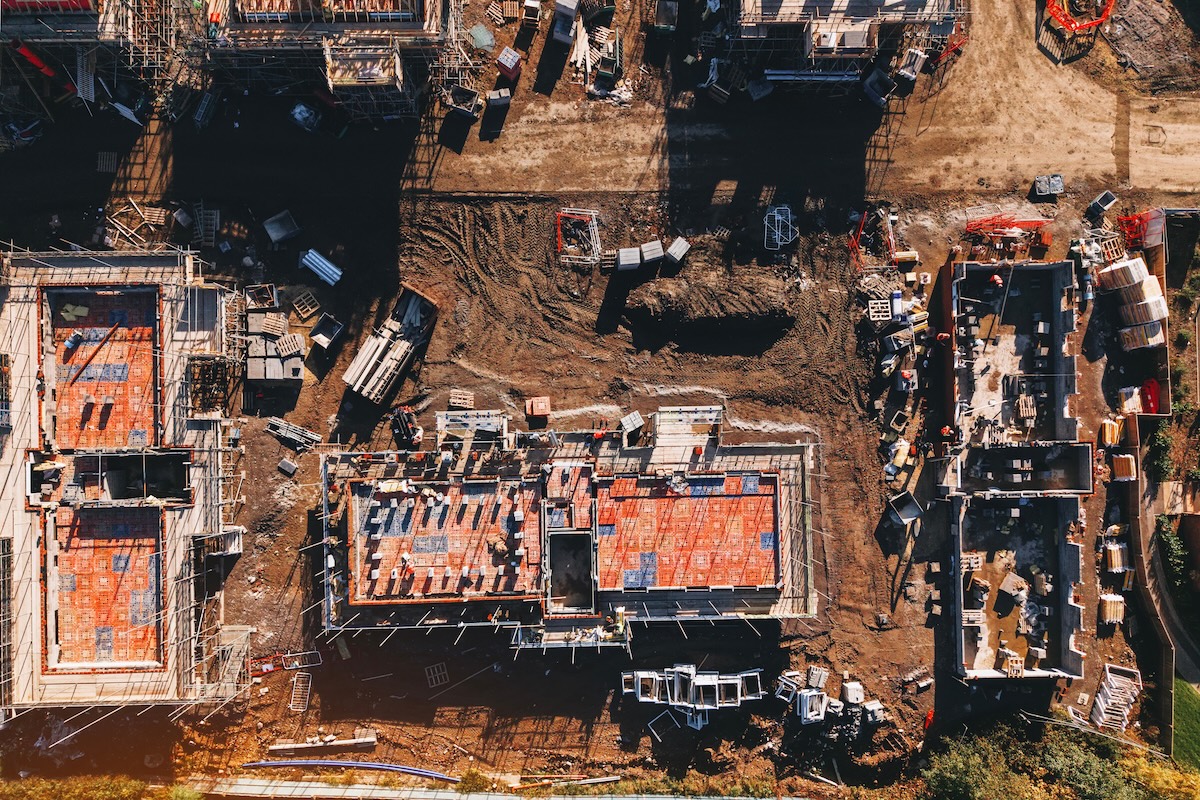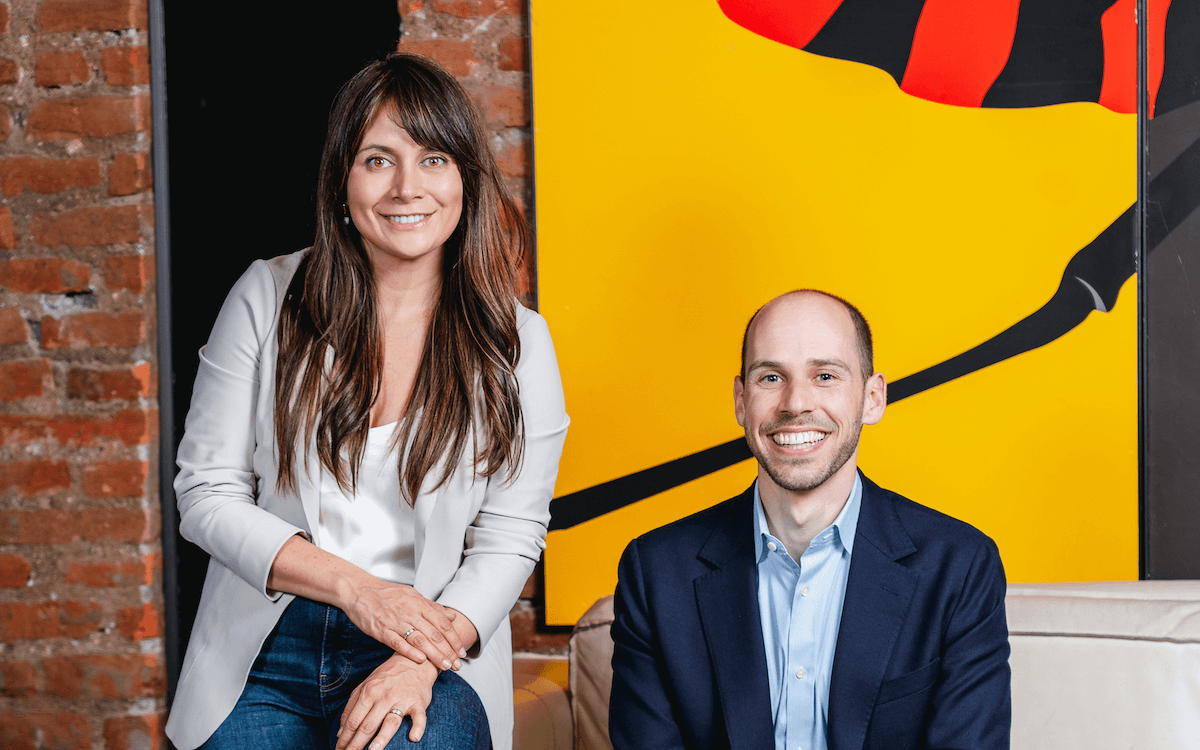ImpactAlpha, Oct. 2 – The MacArthur Foundation turned up a bumper crop of proposals with its call last spring for funds and other investment intermediaries that demonstrate the value of “catalytic capital.”
Such financing, which can accept higher risks or lower returns in order to generate positive impact and bring in additional investors, is the scarcest resource in the impact investing market.
Impact investors seek to steer institutional capital toward affordable-housing finance
MacArthur is planning to invest about $120 million more of its own catalytic capital, to be at least matched by other investors. The 112 projects that made the first cut in MacArthur’s selection process represent about $2.1 billion in such matching funds, MacArthur’s Debra Schwartz told ImpactAlpha.
“That meant they were coming to the table with at least that much of catalytic capital,” she said. “One of the big takeaways is that there is a strong and interesting mix of investors lining up behind these proposals.”
The matching capital comes not only from foundations, but family offices, corporations, banks and development finance institutions and even non-governmental organizations investing from their balance sheets.
Schwartz cautioned that some matching investors may not yet be fully committed, and some may not see themselves as concessional; market-rate investors that see risk differently than other investors can use their specialized knowledge to gain an edge.
-
- Supply and demand. MacArthur expects to make four to five investments of $10 million to $30 million each. “The need was clear from the proposal pool that it wasn’t enough,” Schwartz says. “We are not going to become close to filling the gap.”
- Cross-sector. The proposals ranged across issue areas and developed and developing markets. Tagged to the Sustainable Development Goals, the largest group of proposals targeted poverty-reduction (SDG No. 1) and decent work and economic growth (No. 8), with multiple proposals focused on gender equality (No. 5), affordable and clean energy (No. 7) and sustainable food and agriculture (No. 2).
- Smart subsidies. Some managers are seeking catalytic capital to demonstrate performance and attract commercial investments. Others are using catalytic capital to de-risk conventional investments with blended financing. For yet others, “their impact focus may be that they always need some level of subsidy,” Schwartz says.
- New players. “One of the things that is going to be really critical is to see catalytic capital flow into the market,” Omidyar Network’s Robynn Steffen said to kick off ImpactAlpha’s “Beyond Tradeoffs” podcast series earlier this year.
That may be happening: The U.K.’s CDC Group announced in ImpactAlpha this week that it has $1.5 billion to deploy, starting next year, for “catalyst strategies” that take on additional risk to shape nascent markets and build more inclusive economies.
Schwartz will talk catalytic capital with CDC’s Yasemin Saltuk Lamy and FSG’s Harvey Koh in a lunch discussion at the GIIN’s investor forum today.












